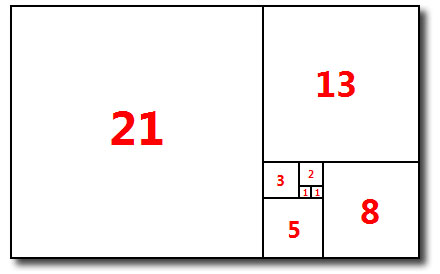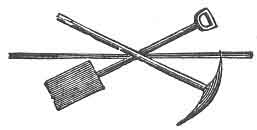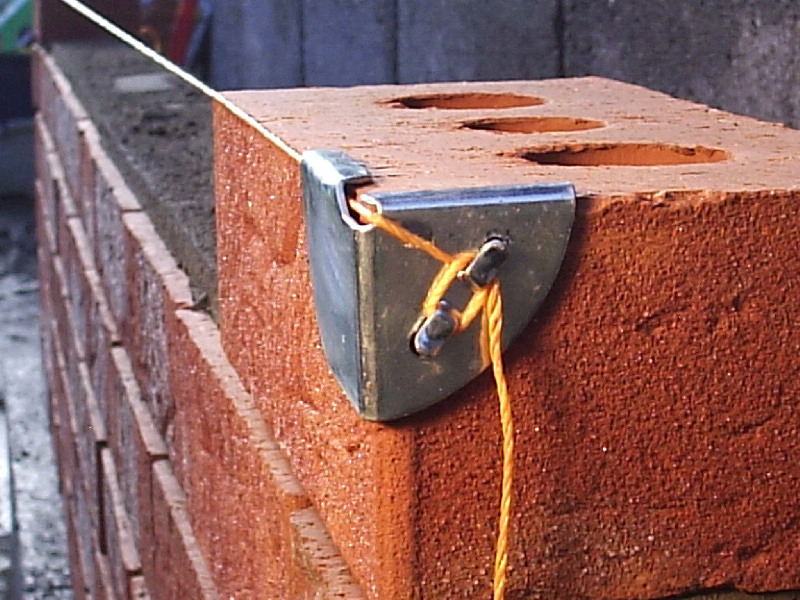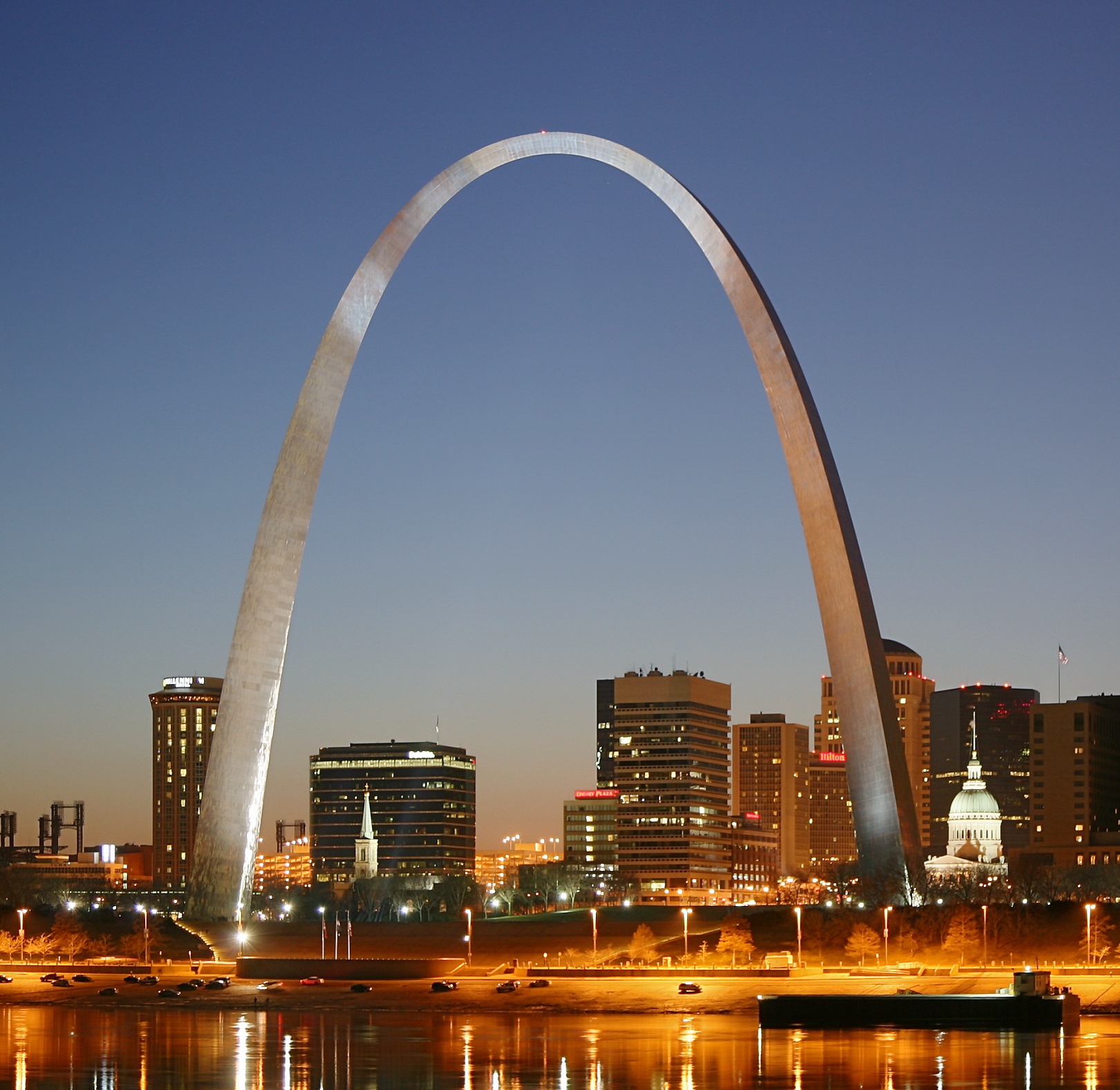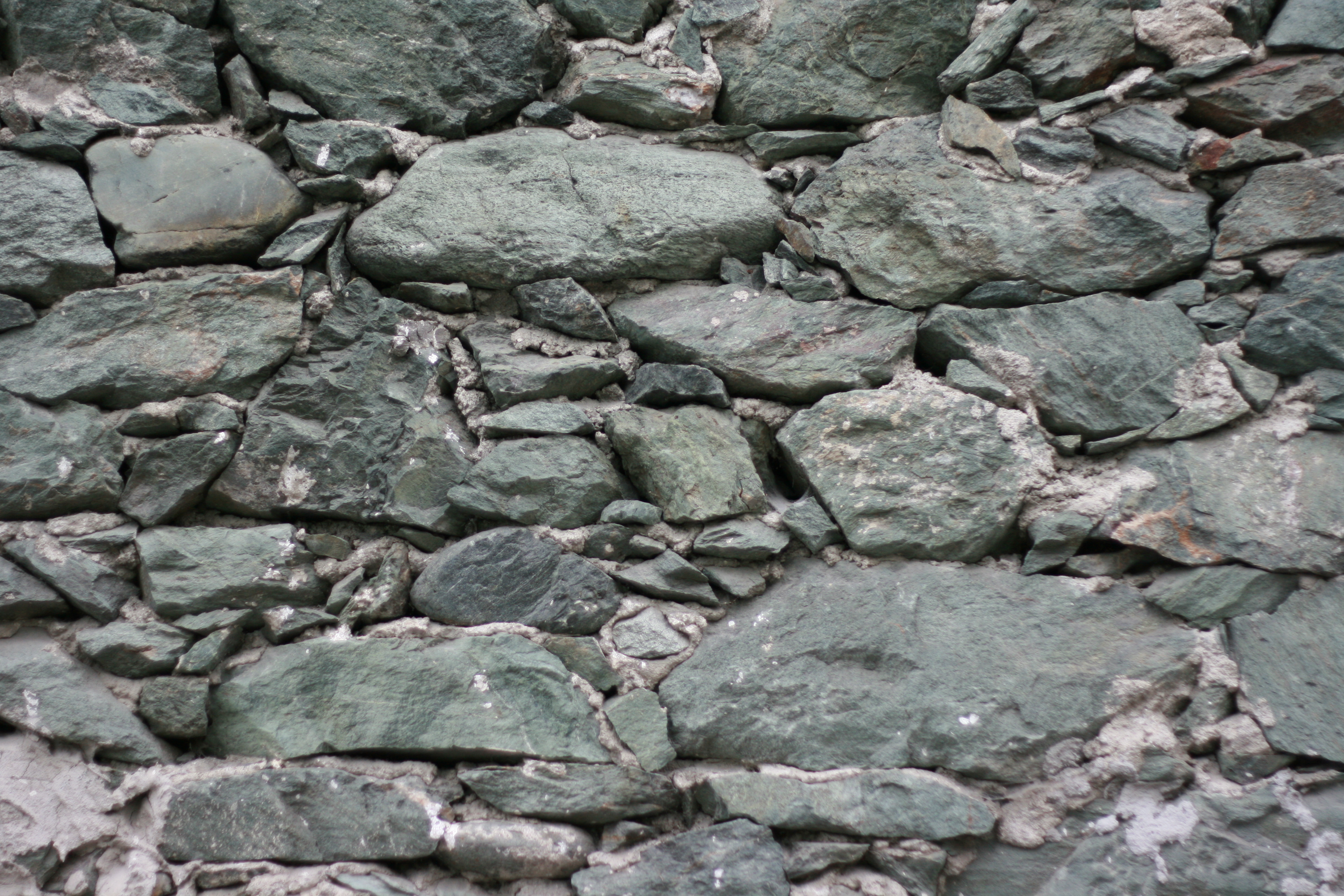Three dimensional printing, or 3D printing, has come a long
way over the past decade or so. This
technology is growing rapidly, and holds the possibility of disrupting many
conventional technologies and entire industries. One of the conventional construction technologies
facing competition from 3D printing is masonry.
Will 3D printing eventually phase out traditional masonry construction? What are the relative benefits of each
technology: masonry versus 3D printing?
How soon will the masonry industry be impacted by 3D printing?
Recent developments in the field of 3D printing include the
use of concrete and concrete-like material to create objects. These objects include both masonry-like units
which are subsequently assembled into an integrated structure and also the
monolithic entire structure itself, “assembled” as a whole 3D printed object. At the forefront of this technological
breakthrough are 3D printing methods such as those under development by BehrokhKhoshnevis, professor of Industrial & Systems Engineering and Civil &
Environmental Engineering and Director of the Center for Rapid Automated
Fabrication Technologies (CRAFT) at the University of Southern California. Khoshnevis refers to this technology being
applied to print entire buildings as “Contour Crafting.” He and others in the field speak of very
high-strength 3D printed concrete materials as being just on the horizon;
material with a compressive strength of around 10,000 psi. Currently manufactured concrete block has a minimal
compressive strength of around 3,000 psi, although high-performance concretes
(HPC’s) are currently available with strengths up to around 20,000 psi and
higher.
The advantages of 3D printed concrete –as compared to
conventional concrete- include: fairly rapid construction, the ability to make
complex shapes and forms, freedom from the constraints of molding, and
potentially very high strength. These
benefits may also eventually include the ability to 3D print very detailed and
intricate structural features integrated into the building; including
ventilation, plumbing, wiring, etc. Other
developers in the 3D printed structures include the principals of “Emerging
Objects”, Ronald Rael (at University of California Berkeley) and Virginia SanFratello (at San Jose State). Their work
includes hollow, interlocking masonry like units which assemble in a manner
similar to topological interlocking structures (as discussed earlier on this
blog). It holds the promise of potentially
creating structural configurations suitable for seismic areas and the ability
to withstand major earthquakes.
Still others are 3D printing entire homes, and appear to be
close to commercialization. Among these
is a Chinese company, whose equipment is said to be capable of producing ten
houses in one day. It should be noted
that these houses are not printed as a whole; they are printed in panels and
these panels are then assembled. There
is also a Dutch company, Dus Architects, whose equipment is also capable of
printing ‘chunks’ of house, which then must be assembled into a home.
The advantages of 3D printing should appear as obvious,
namely: the ability to create virtually any shape, without the limitations
imposed by a block machine, or undercuts, or draft angles; the relatively rapid
pace of fabrication; a choice of materials (including plastics, concrete, and
composites); and the ease of producing an object from a 3D computer file. It would seem that the 3D printing of homes
is inevitable, and that masonry will soon become a lost art - and go the way of
film photography, which has been replaced by digital photography.
A few critical factors appear as though masonry will remain
in the construction industry for the foreseeable future. First of all, buildings must begin with a
foundation. In climates with freezing
winters the foundation must be placed 3 or four feet below grade, or below the
extent of the frost line on the coldest days.
This is simply not possible with the state-of-the-art in 3D printing
technology available now. 3D printing
technology cannot create a foundation below grade, although it is likely to
overcome this obstacle in the future.
Secondly, most 3D printing technologies simply produce panels, or pieces
or chunks of a structure which must then be assembled; this basically describes
masonry, and is not an improvement over masonry per se. Those 3D printers which are capable of
producing an entire integrated, complete finished structure require an
extensive working platform on which to operate.
This platform requires extensive, expensive, detailed site preparation
for the 3D printer; this negates many of the so-called benefits of 3D printing
an entire structure (more expensive, difficult, and time consuming). Another major impediment to 3D printing is
the fact that the construction industry is an extremely conservative industry
and is very slow to accept new technologies.
This fact is made more relevant by the fickle nature of the construction
consumer: people want houses, homes and buildings to look like they’ve always
looked. The 3D printing approach to
providing homes still has a very long way to go before it produces houses that
look very much like every house produced everywhere. This is not an arena for brave new ideas:
homeowners want their homes to look like their neighbors’. “Fitting in” in the aesthetic sense is probably
much more important than efficiency, strength, environmental concerns,
longevity, or any other factor about construction. The appearance of the finished product cannot
be overemphasized, and 3D printing has a long way to go here. Finally, and perhaps most importantly, is the
factor of cost. While 3D printer
advocates say that they are faster and less expensive than masonry, it is
instructive to note that the concrete block manufacturing industry has
developed to a state of high efficiency and economy. An 8 inch x 8 inch x 16 inch rectangular
concrete block is produced in around 2 seconds, and typically costs around
$1.00 or so. This is the benchmark to
beat, and 3D printing is not anywhere close to this, despite the claims being made. It appears as though concrete block will
probably be around for a while yet.
3D printing holds great promise for the future of
construction. Those who assume that it
will never affect their industry (designers, builders, blockmakers, masons,
etc.) do so at their own extreme risk; they are likely to go the way of film
photography, i.e., extinction. Instead,
it appears inevitable that 3D printing will have a huge transformative effect
on construction in general and on masonry in particular. It seems that masonry will –in all
likelihood- always exist, but that it will be fundamentally transformed by 3D
printing. Masons can design their work
and have custom blocks produced on-site, instantly and inexpensively. Brunelleschi would have put 3D printing of
masonry to spectacular use; he wouldn’t have had to carve shapes from turnips
to show his masons how he wanted block made.
They would be made instantly, exactly as he envisioned them. It seems that 3D printing could well add to
the art, science and craft of masonry in the relatively near future.







